The correct name of the hank-watching location is Hawk Cliff. Hawk Hill is in Toronto.
Hawk Cliff is south of London on the shore of Lake Erie. To get there, we pass through farm country where major crops include corn and soybeans.
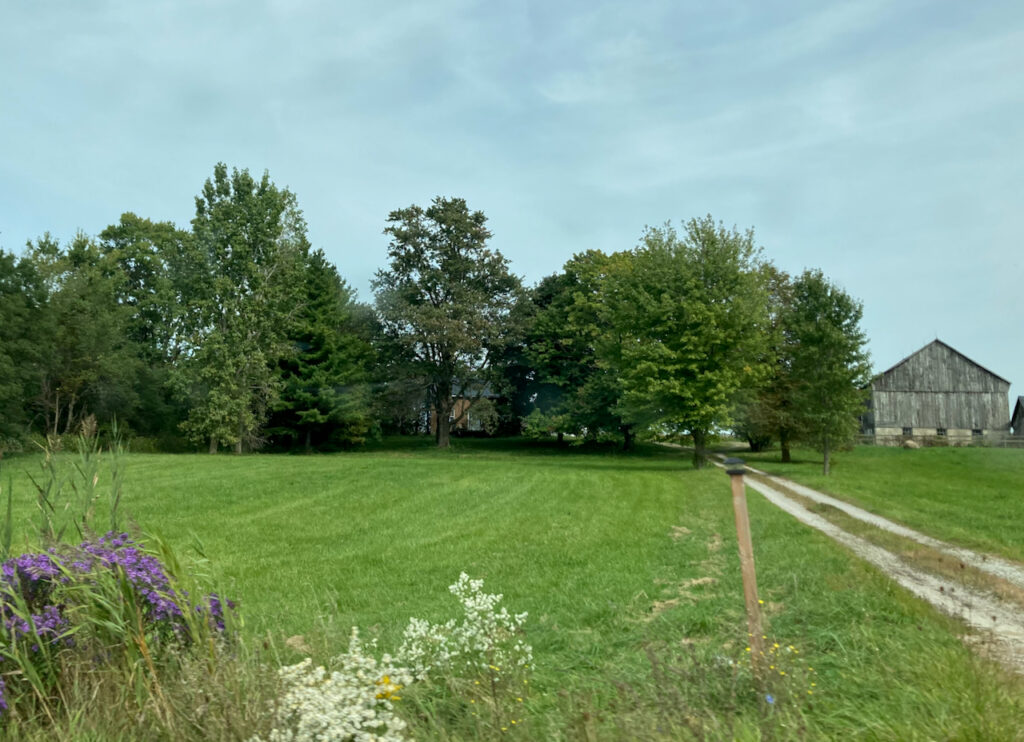


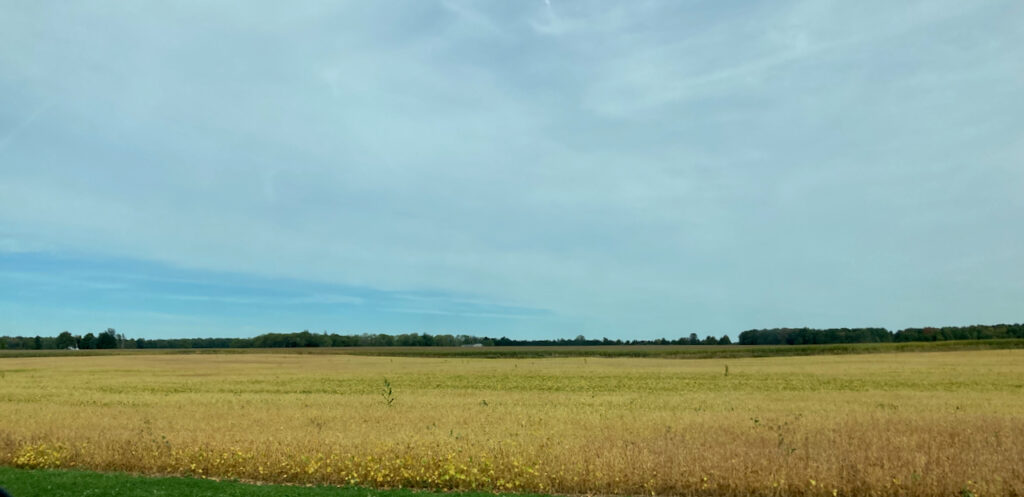
After nesting in Ontario, raptors (birds of prey) migrate to Central and South America in the fall. To conserve energy, they use thermals and updraft air currents to soar high where winds can carry them in the right direction. Since large bodies of water do not produce thermals, raptors flying from farther north in Ontario turn west when they reach the shore of Lake Ontario and then continue along the northern shore of Lake Erie to cross at the Detroit River into the USA.
Hawk Cliff is ideally situated at the top of a cliff overlooking Lake Erie. From a viewing platform, hawk watchers have an open view of birds approaching from the east. The treed road into Hawk Cliff shelters many songbird species at times during spring and fall migration.



Although the raptors are often flying so high they appear as mere dots and can only been seen through binoculars, skilled hawk watchers can identify bird species based on shape, flight style and proportions. Dedicated volunteer watchers count the numbers and species of birds passing overhead during the months of migration. The data collected is contributed to the Hawk Migration Association of North America (HMANA) and helps track population trends and the conservation status of each species.
Our raptor identification skills are not well developed. We still rely on a closer view and photos to confirm what we have seen.
The Bald Eagles we sighted were likely ones that had nested locally. Below is a second-year juvenile on the left and an adult on the right.
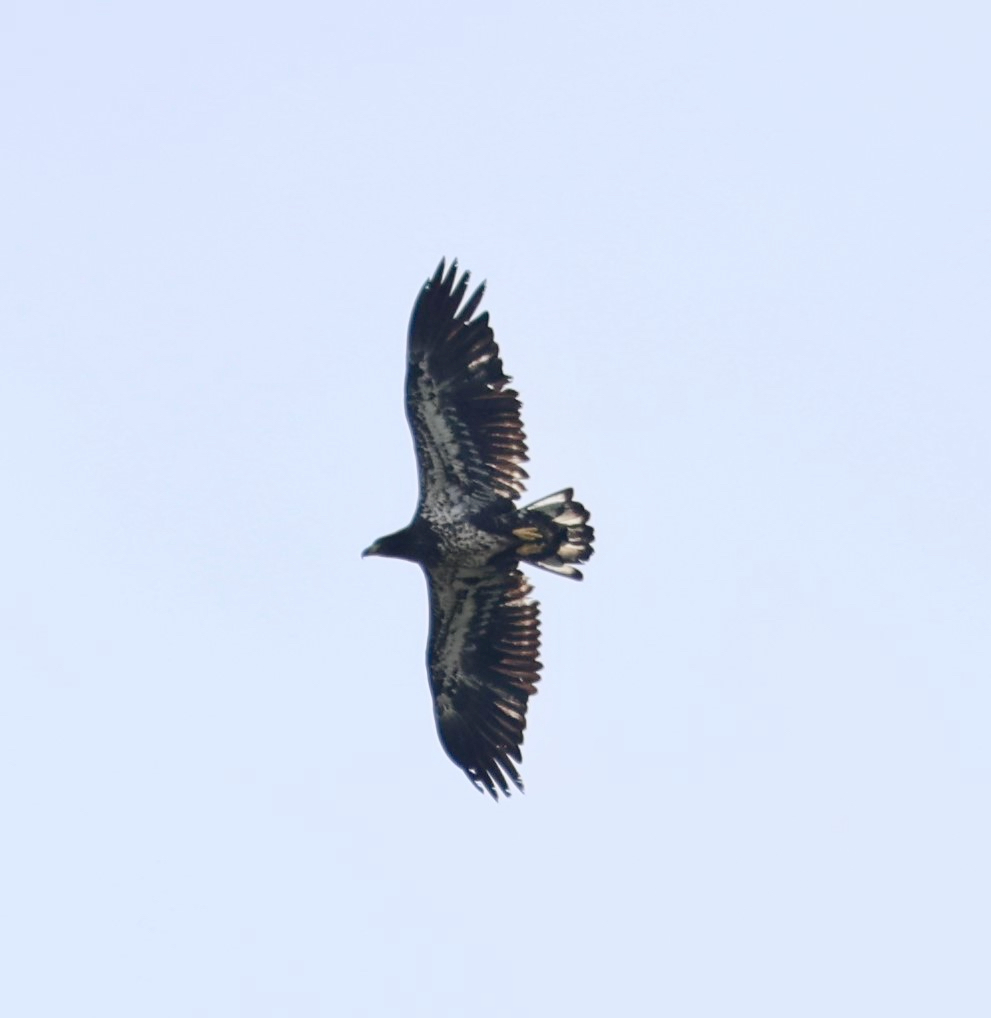

Below, the eagle with the brownish chest is a first-year juvenile. The juvenile with a speckled white chest is a second-year juvenile.


It was challenging to capture clear photos of birds soaring high overhead, but these made identification possible.
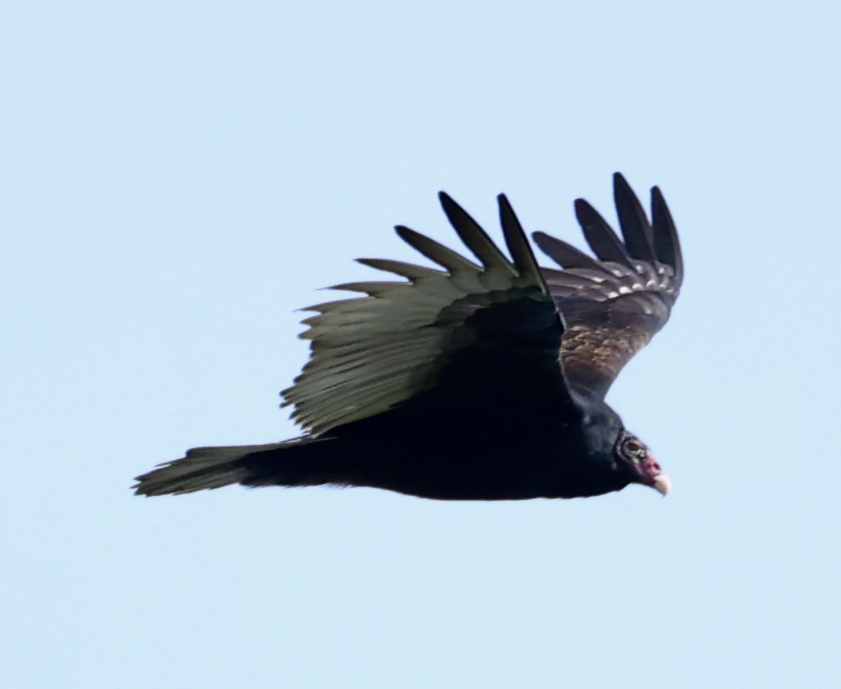
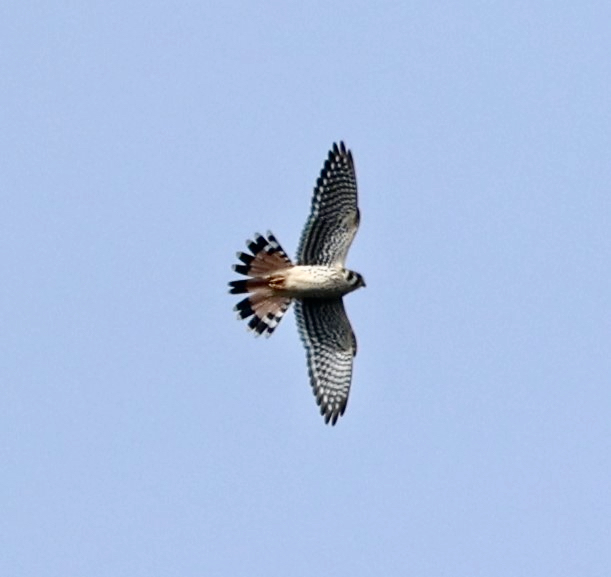

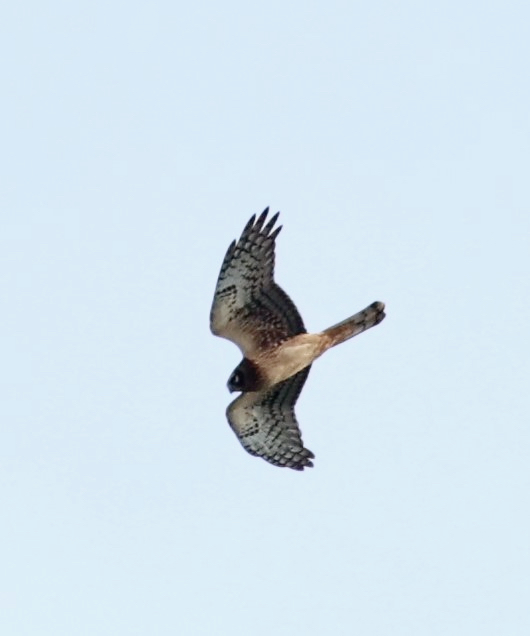


We heard Blue Jays and Northern Flickers calling. Both stayed well hidden in the trees.

Along the road, wildflowers, most still in bloom, attracted many pollinators and other insects.


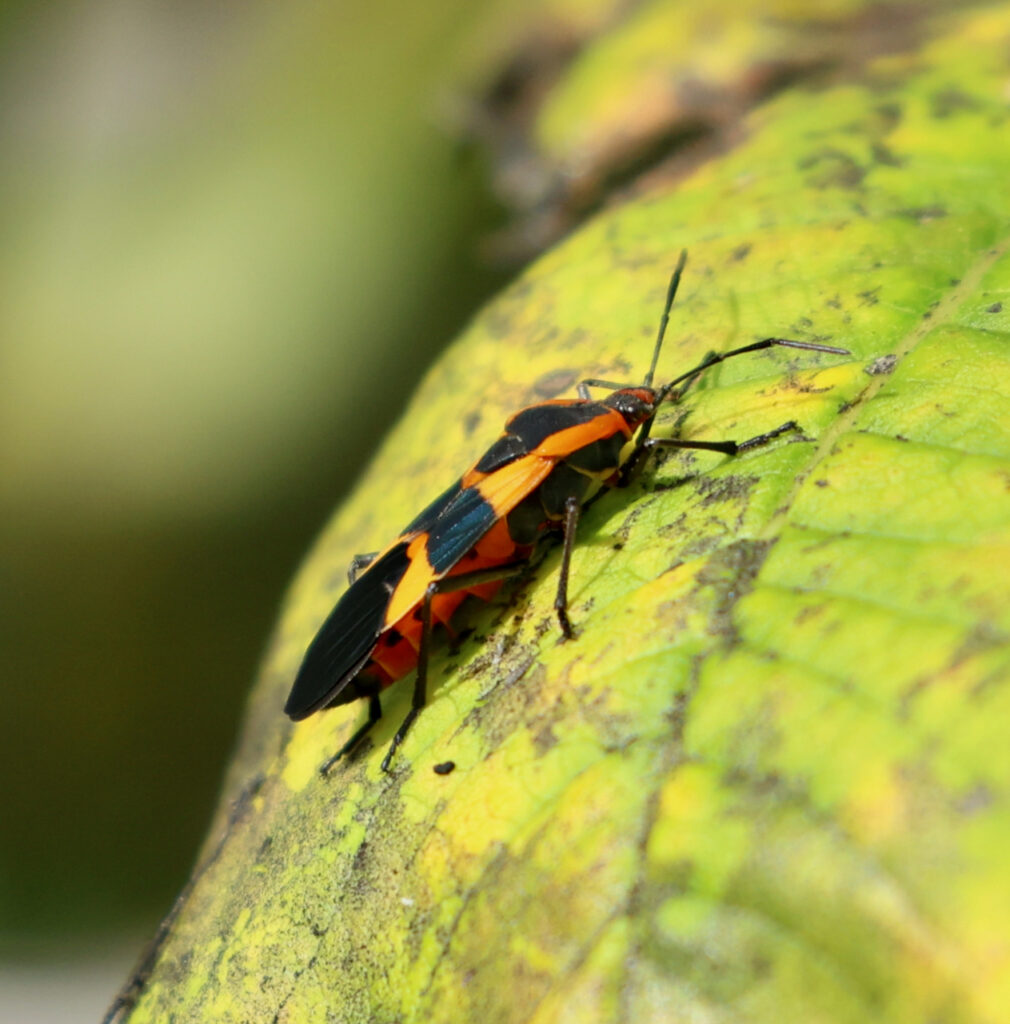


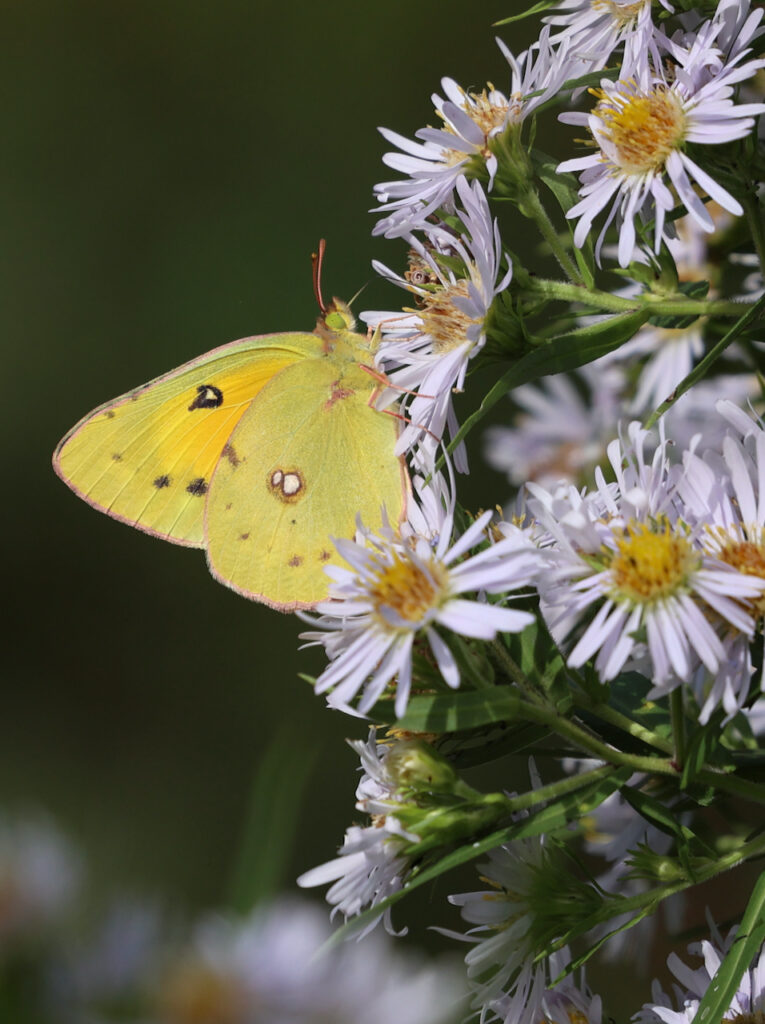



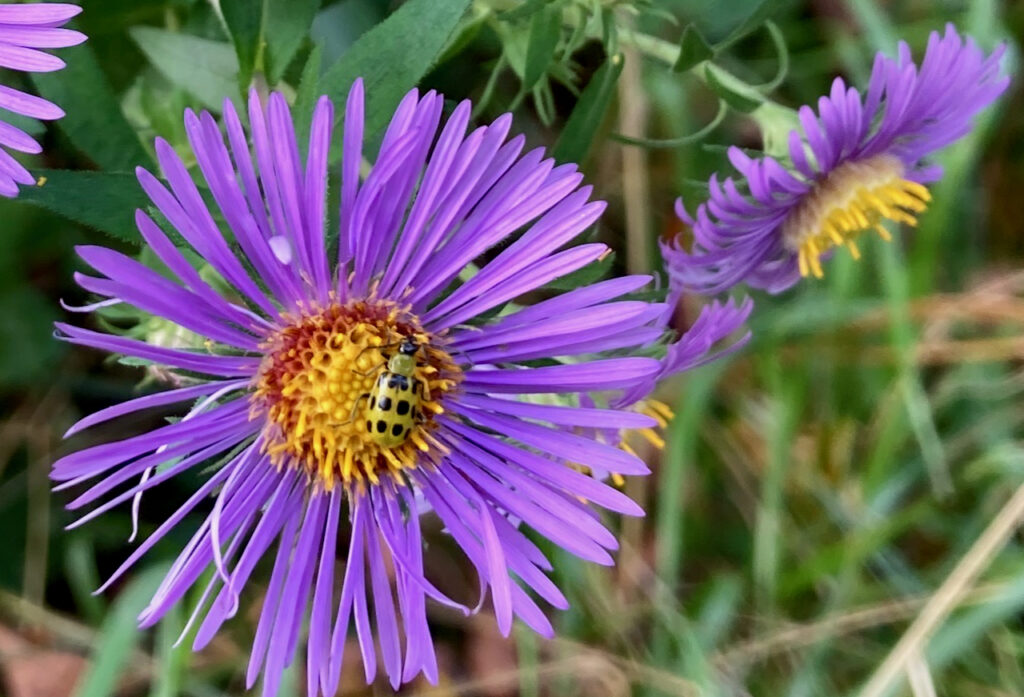


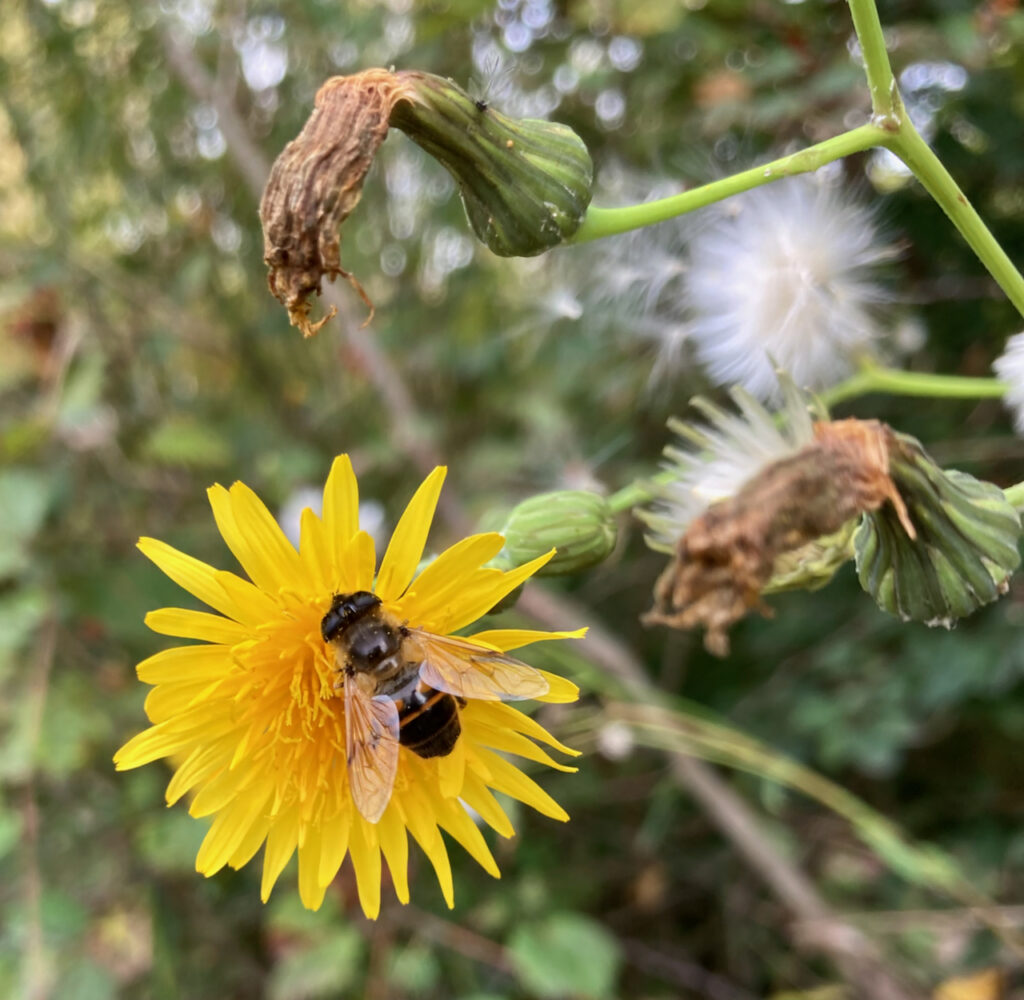
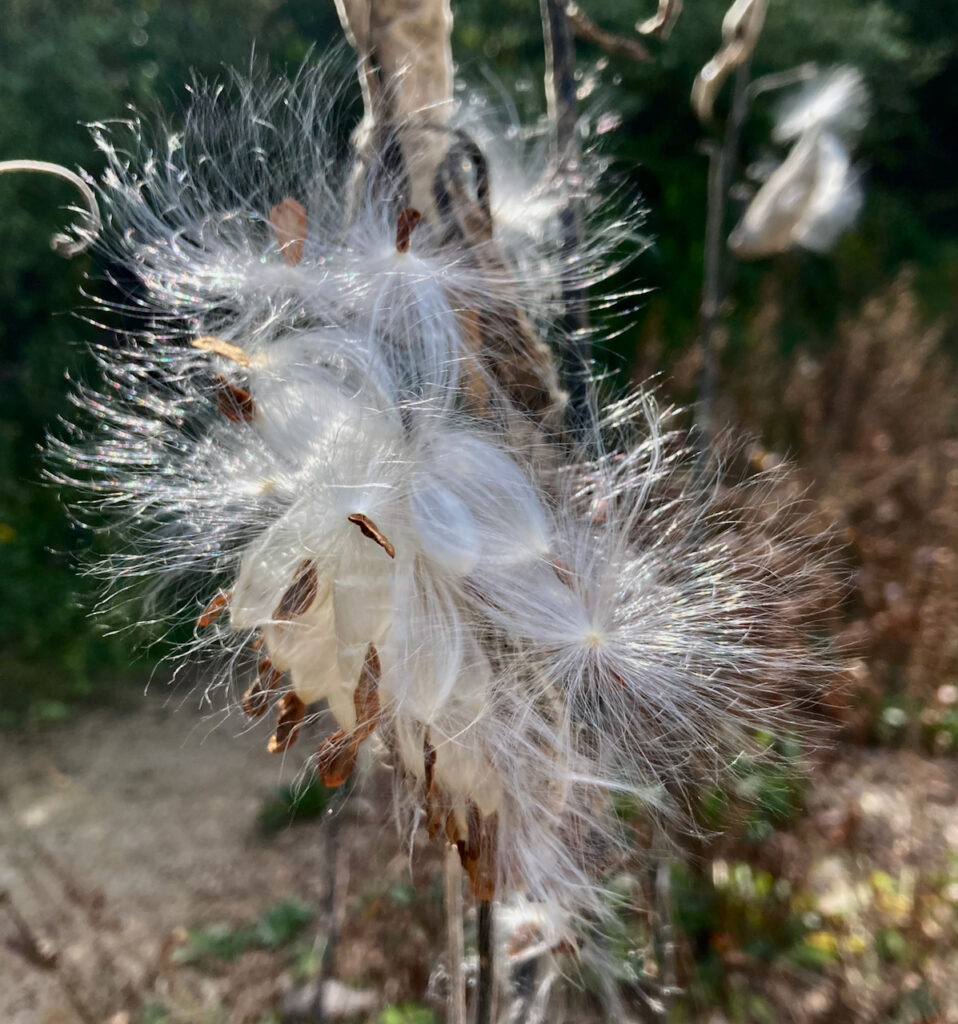
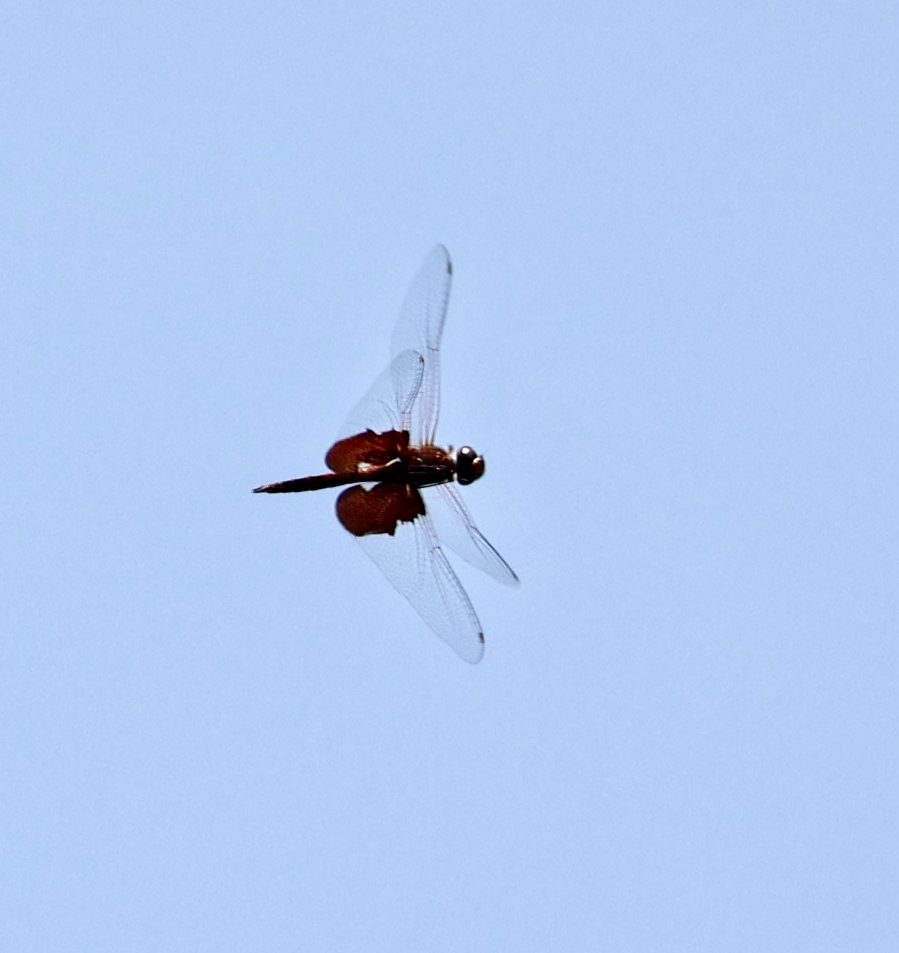
Our friend pointed out a wasp nest suspended from a tree branch. It turned out to be an active Bald-faced Hornets’ nest. According to Wikipedia, Bald-faced Hornets are actually a type of yellowjacket (social wasps) that are considered beneficial because of the variety of other insects they eat.

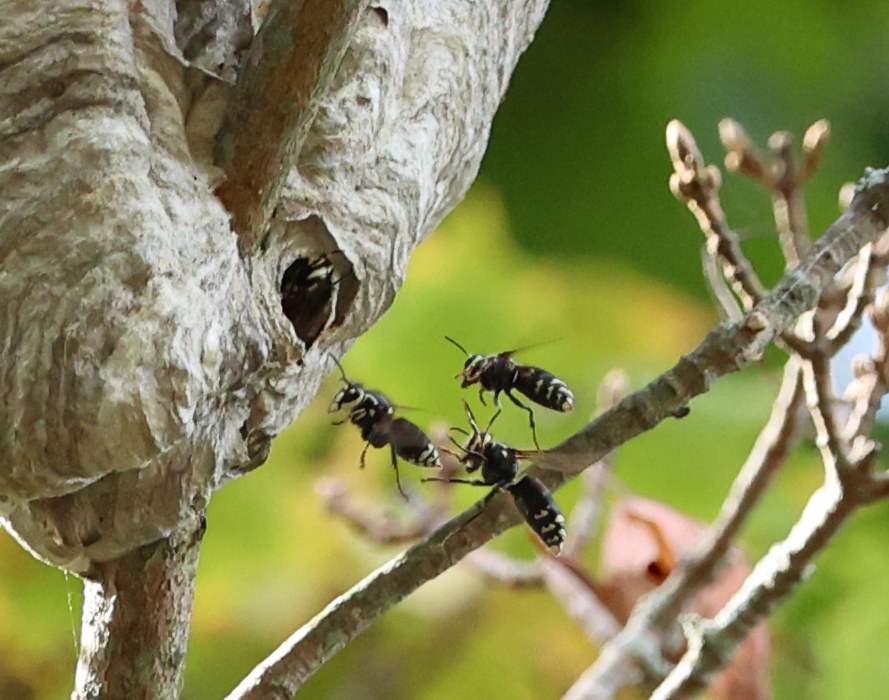

The view from here
We continue to have stunning sunsets.



This week’s flowers

The Marsh Family
This family started home recordings during COVID lockdowns. Remember those days?
They sing some songs with original lyrics, but I love their replacement lyrics.
The last two in the playlist are political. They ridicule two American politicians in retaliation for their attacks on Britain.
